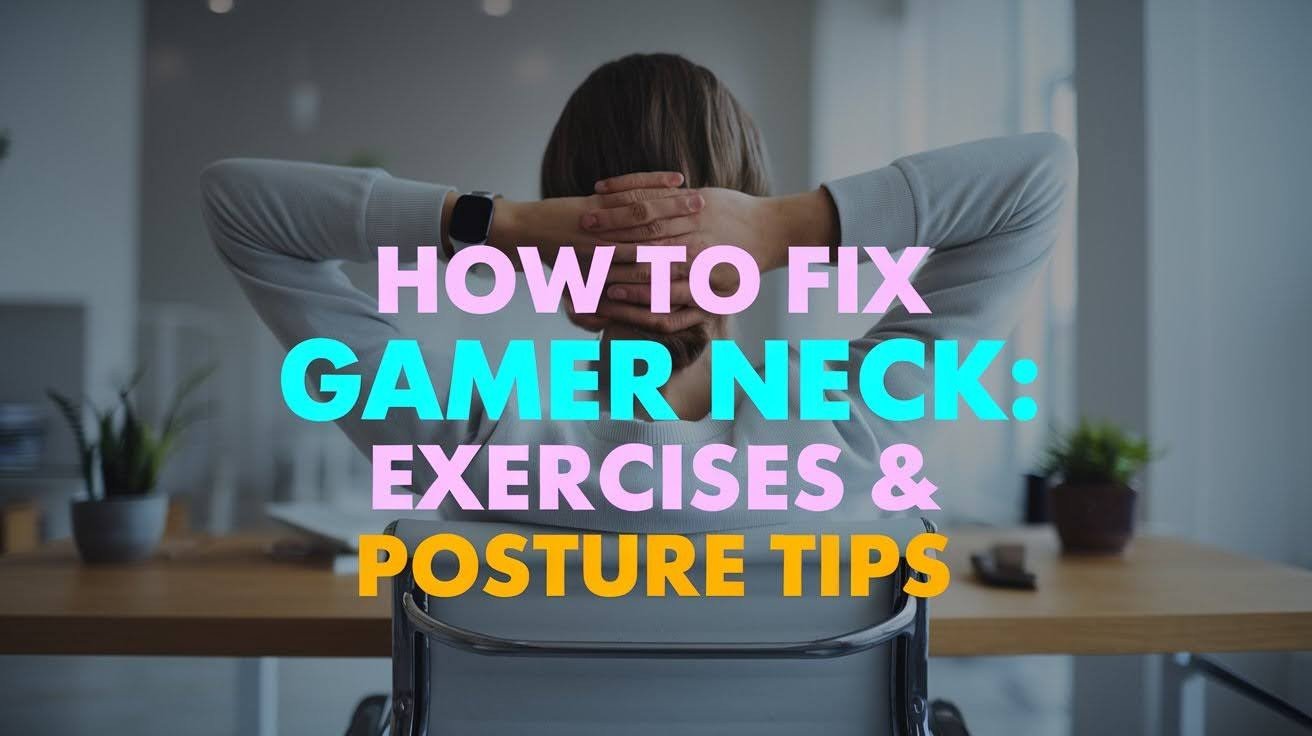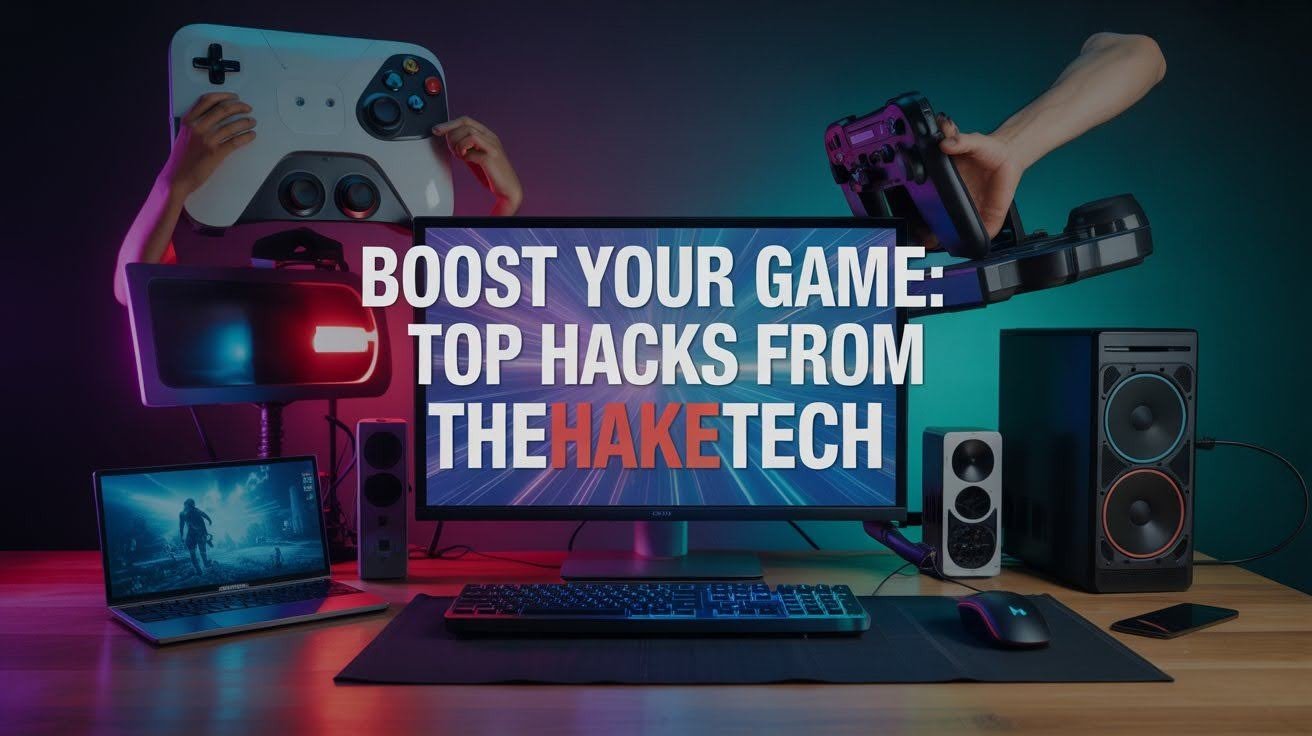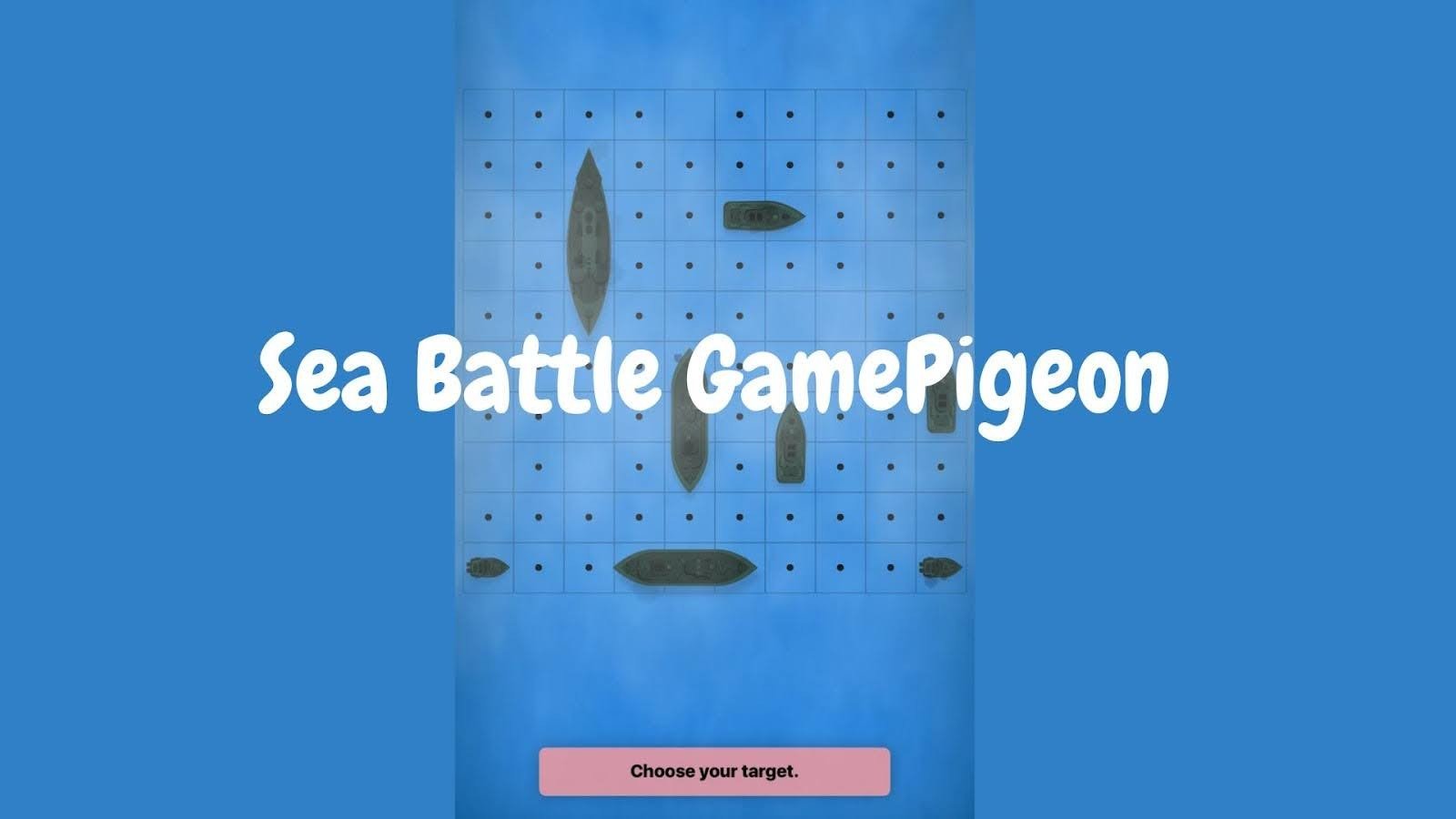That sharp shooting pain hit at me when I was in my third gaming hour. Sound familiar?
You’re not alone. Many gamers suffer daily neck pain from slouching over screens. Your head pushes forward. Your shoulders roll up. That awful ache then comes along.
I’ve been there too. Solutions that work exist after I dealt with this problem. Months passed as they dealt with the problem.
Tested methods show you how to fix gamer neck within this guide. We will cover quick pain relief, a proper posture setup, and strengthening exercises as well as prevention strategies.
Gaming sessions, I can assure you, neck pain truly ruins. Gaming without any pain became quite possible through these sorts of solutions. They’ll help you too.
What is a Gamer’s Neck?

Gamer’s neck happens when your head moves forward from its natural position. This creates extra stress on your neck muscles and spine.
Poor posture while using devices is the main cause. When you look down at phones or lean toward computer screens, your neck works overtime. This repetitive stress builds up over time.
Your neck muscles get tight and weak in different areas. The front muscles shorten while the back muscles stretch too much. This imbalance creates pain and problems.
Symptoms of Gamer’s Neck
The most common sign is neck pain that won’t go away. This pain often spreads to your shoulders and upper back.
Headaches are another major symptom. They usually start at the base of your skull and move forward. Many people also feel stiff and can’t turn their head normally.
You might notice fatigue and trouble focusing. When your neck hurts, it’s hard to concentrate on anything else. Some people also get tingling in their arms or hands.
Who is at Risk?
Gamers are obvious candidates since they spend long hours looking at screens. But remote workers face the same risks from poor desk setups.
Students often develop this condition from studying with laptops or tablets. Anyone who uses phones frequently can also get a gamer’s neck.
The key factor is time spent in forward head posture. If you’re looking down or forward for hours each day, you’re at risk.
How to Fix Gamer Neck: Posture Tips
Small changes in how you sit and hold devices can make a huge difference in preventing neck pain.
1. Maintain Good Posture While Using Devices

Keep your head in a neutral position. Your ears should sit directly over your shoulders, not in front of them.
Pull your shoulders back and down. This helps support your neck naturally. Tuck your chin slightly to maintain the proper curve in your neck.
Think about drawing a straight line from your ear to your shoulder. This is your target position while using any device.
2. Raise Your Device to Eye Level
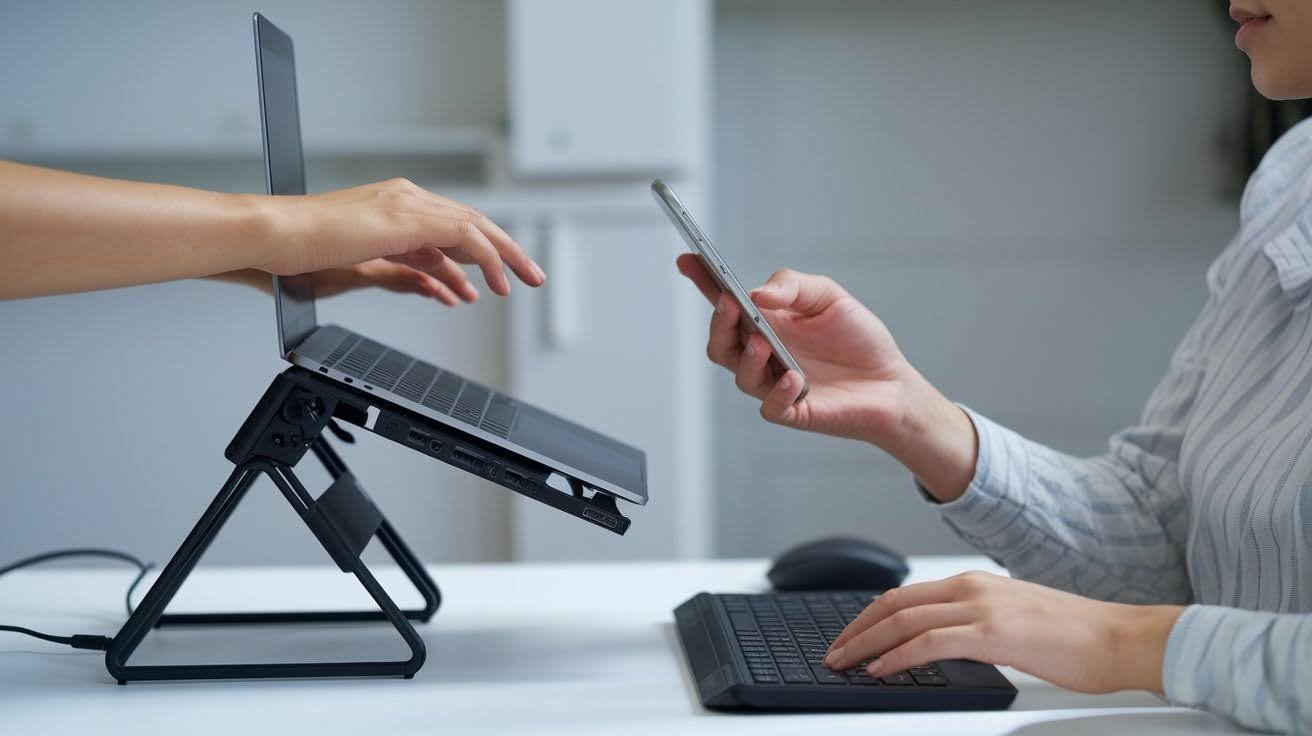
Stop looking down at your screens. This simple change can prevent most neck problems.
For laptops, use a stand or external keyboard. This lets you keep the screen at eye level while typing comfortably.
Hold phones higher when texting or browsing. Bring the device up instead of dropping your head down. Your neck will thank you immediately.
3. Take Frequent Breaks

Move every 20 to 30 minutes. Set a timer if you need to remember. Even a quick stretch makes a big difference.
Stand up and walk around during breaks. Look up at the ceiling or out a window. This gives your neck muscles a chance to reset.
Active breaks work better than just sitting differently. Get your blood flowing and your muscles moving.
Exercises to Relieve and Prevent Gamer Neck
These targeted exercises will help reduce pain and strengthen your neck muscles for long-term relief.
1. Neck Stretches

Chin tucks are the most important exercise for a gamer’s neck. Sit up straight and pull your chin back like you’re making a double chin. Hold for 5 seconds and repeat 10 times.
For side neck stretches, tilt your head to one side and hold for 30 seconds. Feel the stretch on the opposite side of your neck. Switch sides and repeat.
Shoulder rolls help loosen tight muscles. Roll your shoulders backward in big, slow circles. Do this 10 times in each direction.
2. Neck Strengthening Exercises
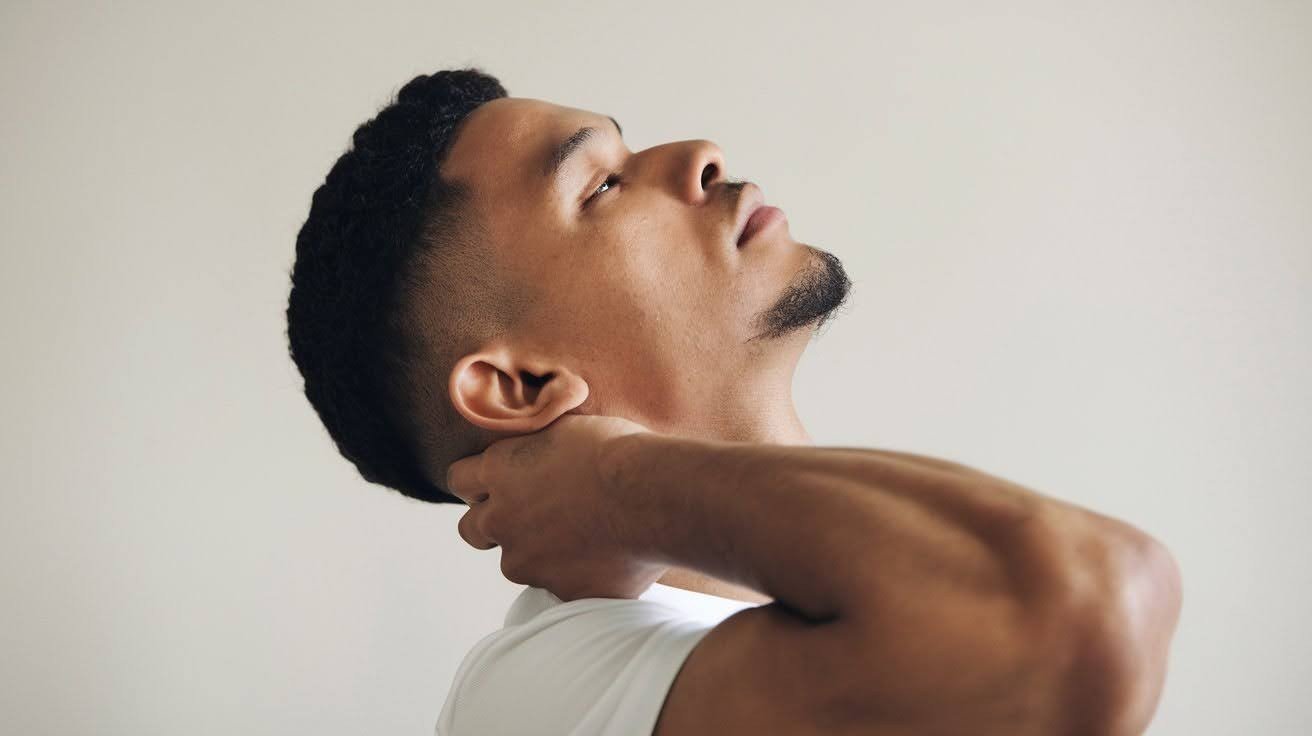
Isometric exercises build strength without moving your head. Place your hand on your forehead and push your head forward while resisting with your hand.
Try dynamic movements once you’re stronger. Slowly move your head forward and backward, then side to side. Keep the movements controlled and smooth.
Neck rotations help improve mobility. Turn your head slowly in both directions. Stop if you feel pain or dizziness.
3. Upper Back and Shoulder Exercises
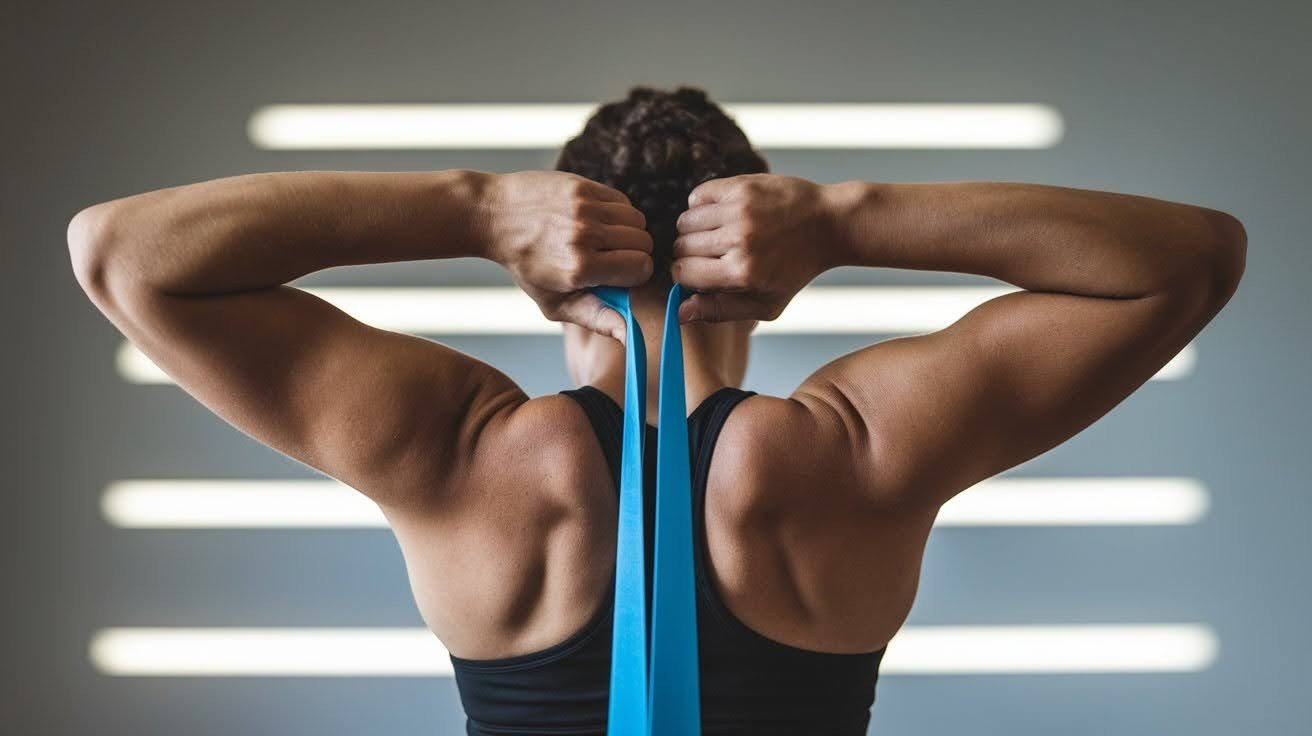
Resistance band rows target the muscles that support good posture. Pull the band toward your chest while squeezing your shoulder blades together.
Pull-ups or assisted pull-ups strengthen your entire upper body. If you can’t do full pull-ups, use a resistance band for help.
Shoulder blade squeezes are simple but effective. Pinch your shoulder blades together and hold for 5 seconds. This helps counteract forward head posture.
Pro Tips for Long-Term Neck Health
- Limit your screen time when possible. Take regular breaks from gaming or work to give your neck a rest.
- Set up an ergonomic workspace. Your monitor should be at eye level with your keyboard and mouse at a comfortable height.
- Pay attention to your sleeping posture too. Use a pillow that keeps your neck in a neutral position. Avoid sleeping on your stomach.
- See a physical therapist if your pain doesn’t improve. They can create a personalized treatment plan for your specific needs.
Conclusion
After years of helping gamers overcome neck pain, I know that for one to learn just how to fix a gamer’s neck does require dedication, but the transformation absolutely still is worth it.
Regular breaks together with targeted stretching plus strengthening exercises consistently combine to deliver results for my clients.
Given your neck health impacts everything you do, pain should not limit your gaming sessions or daily activities. Now do two exercises chosen today from this guide taking action now.
This pledge toward gaming without pain is a fine choice. Your future self will surely appreciate all of the benefits from that decision.
Frequently Asked Questions
How long does it take to fix a gamer’s neck?
Most people see improvement within 2-4 weeks with consistent exercise and posture changes. Severe cases may take 6-8 weeks to fully heal.
Can a gamer neck cause permanent damage?
Yes, if left untreated for years, it can lead to permanent spinal changes. Early treatment prevents long-term problems and reverses most damage.
What’s the best exercise for a gamer’s neck?
Chin tucks are the most effective single exercise. They strengthen deep neck muscles while stretching tight ones in the front.
Should I use a neck brace for gamer neck?
Neck braces aren’t recommended for gamer neck. They can weaken muscles over time and don’t address the root cause of poor posture.
How often should I do these exercises?
Perform stretches 2-3 times daily and strengthening exercises every other day. Take breaks from screens every 20-30 minutes for best results.


